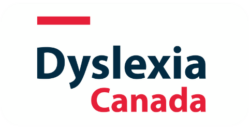Unlocking the Power of Reading to Learn
This infographic highlights how students unlock the power of reading to learn. In the early years, children gain vocabulary, knowledge, and understanding of their home language through listening. This can be boosted by engaging in meaningful conversations, listening to stories read aloud, and exposure to knowledge and vocabulary-building media. While this is a powerful and…








